Fresh surface waters and shallow aquifers are being depleted and polluted. Mismanagement, over extraction and poorly planned rechanneling of surface waters is limiting fresh water supplies and endangering water security in many regions. Poor water resource planning is contributing to increasingly severe drought conditions around the world.
We can solve your water crisis
with DEEP SEATED WATER TECH
~THE MISSING PIECE IN STRATEGIC WATER MANAGEMENT~
For more information, call us at 818 330-9528,
or contact us by email: info@TheEarthOrganization.org



The ability to access adequate supplies of clean, healthy water in many areas has become challenging, at best, and, at worst, life-threatening for both people and wildlife. Lack of water is the source of much conflict between landowners, communities, and nations, often slowing economic growth and sustainability.
Ineffective techniques for siting where to drill are costing companies and communities dearly. In South Africa, for instance, a large city, desperate for water, invested millions of dollars to expand their water supplies only to end up drilling hundreds of expensive and bone-dry boreholes; a story not uncommon all over the world.
The Good News
In 2017, the Lawrence Anthony Earth Organization (LAEO) was gifted an intellectual property we call Deep Seated Water Technology® (DSW Tech®). This is a unique and highly advanced scientific method for mapping and pinpointing exactly where to drill to find high-quality, alternative sources of water. When engaging in exploration for Deep Seated Water, cracks and fissures in rocks serving as conduits for water over great distances are targeted that tend to be below the typical shallow aquifer water that most water wells tap into.
In ideal conditions, deep-seated waters are not subject to drought nor pollution and can be available in abundance. We often find it in locations where other geohydrologists state that no water exists.
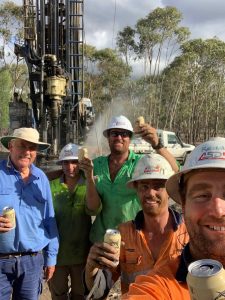
Our science team, composed of geohydrologists, GIS analysts and environmental scientists, has advanced this technology beyond its previous state and it now a key part of our Clean Water Campaign to help provide water to landowners, communities and regions in dire need. Over 1,500 wells have been successfully and economically sited by combined members of our team in Australia, Africa, Asia and the United States.
Depending on a variety of conditions in each project, we often partner with the for-profit firms – AquaterreX (ATX) (a U.S. based, global-facing company), and GIS Analytics and Research Australia (GISARA).
We have completed or are currently developing new projects in the U.S., Australia, Africa, and the Middle East.
THE TECHNICAL PROCESS
The locating and extraction of deep-seated water is a technical process that spans several different fields of science and engineering technology. The basic steps are:
1
The acquisition of remotely-sensed, geospatial data acquired via satellites and airborne geophysical surveys. This includes satellite imagery, magnetic, gravity, gamma-ray (radiometric), and digital elevation datasets. Available data varies by region, but higher resolution data results in significantly better target detection.
2
Utilizing an advanced, proprietary method, we then conduct a full analysis of the acquired data from #1 to identify precise “areas of interest” that have the highest likelihood in a region for locating highly productive deep-seated water.
3
On-site, on-the-ground observation and inspection by an LAEO team – A field survey is conducted to verify and validate the findings of the remote analysis, allowing for the accurate identification of exact locations for bore sites (within 1 meter). The combination of remote analysis and on-ground survey information greatly improves the chances of obtaining water.
4
Drilling the well. In many cases this requires drilling rigs with a capacity to drill through hard rock. Although many bore holes may be shallower, the drill rig should have a capacity to at least 400 meters.
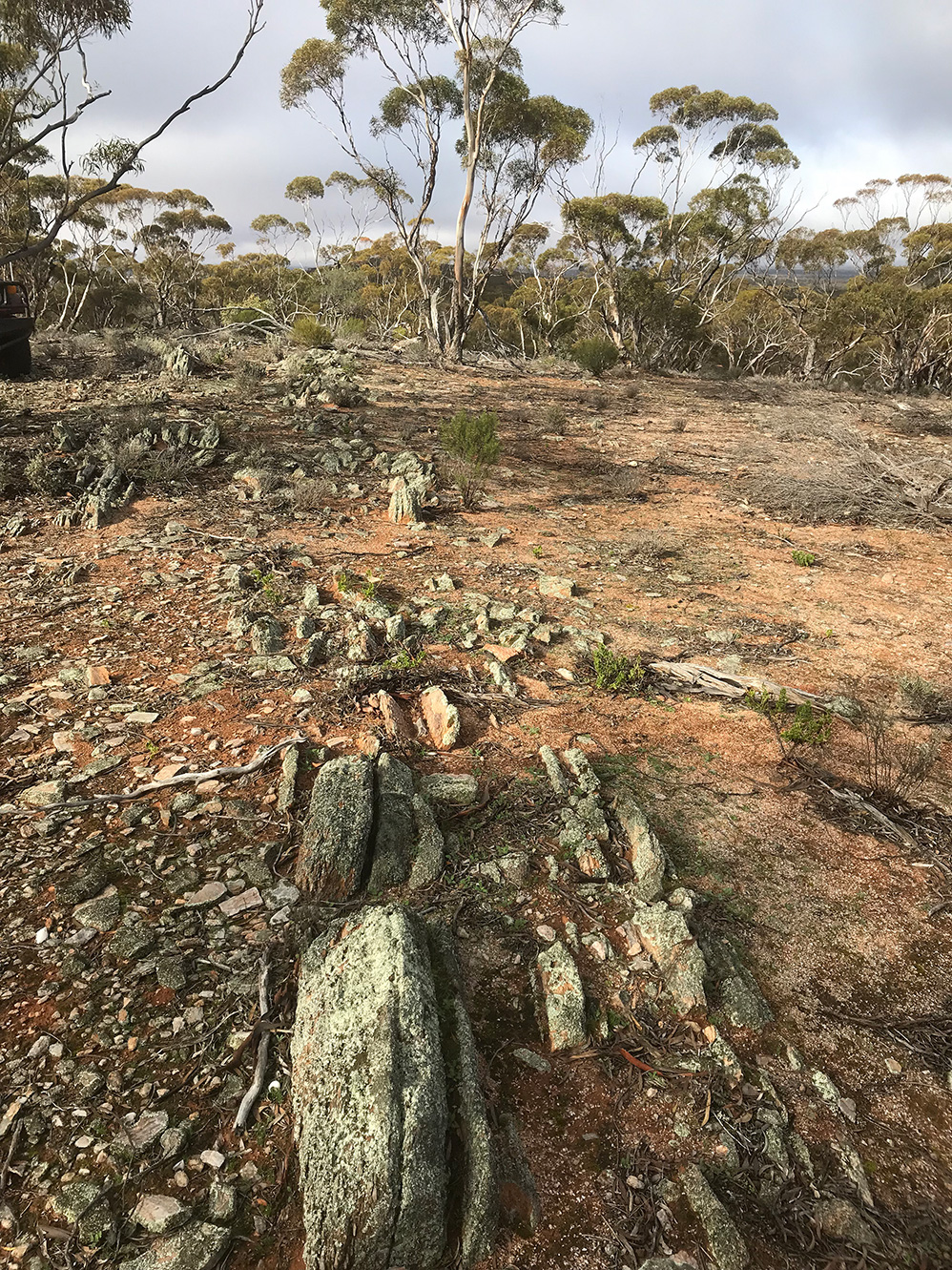
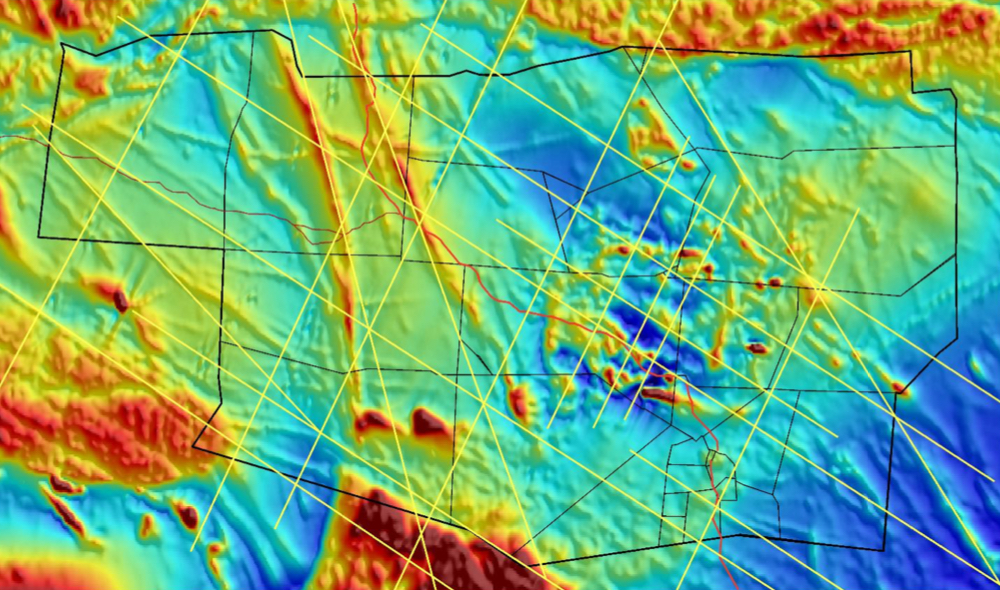
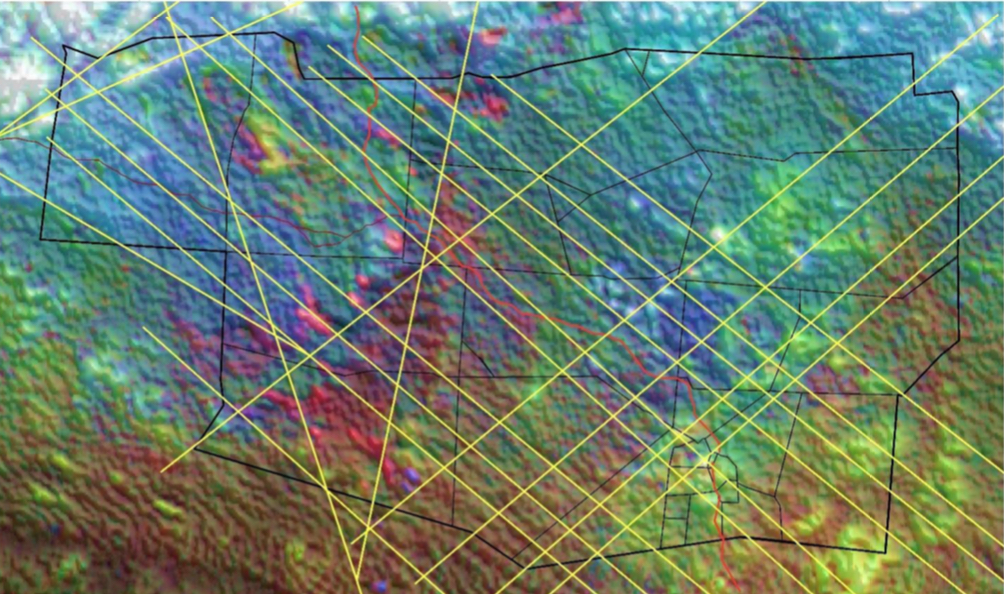
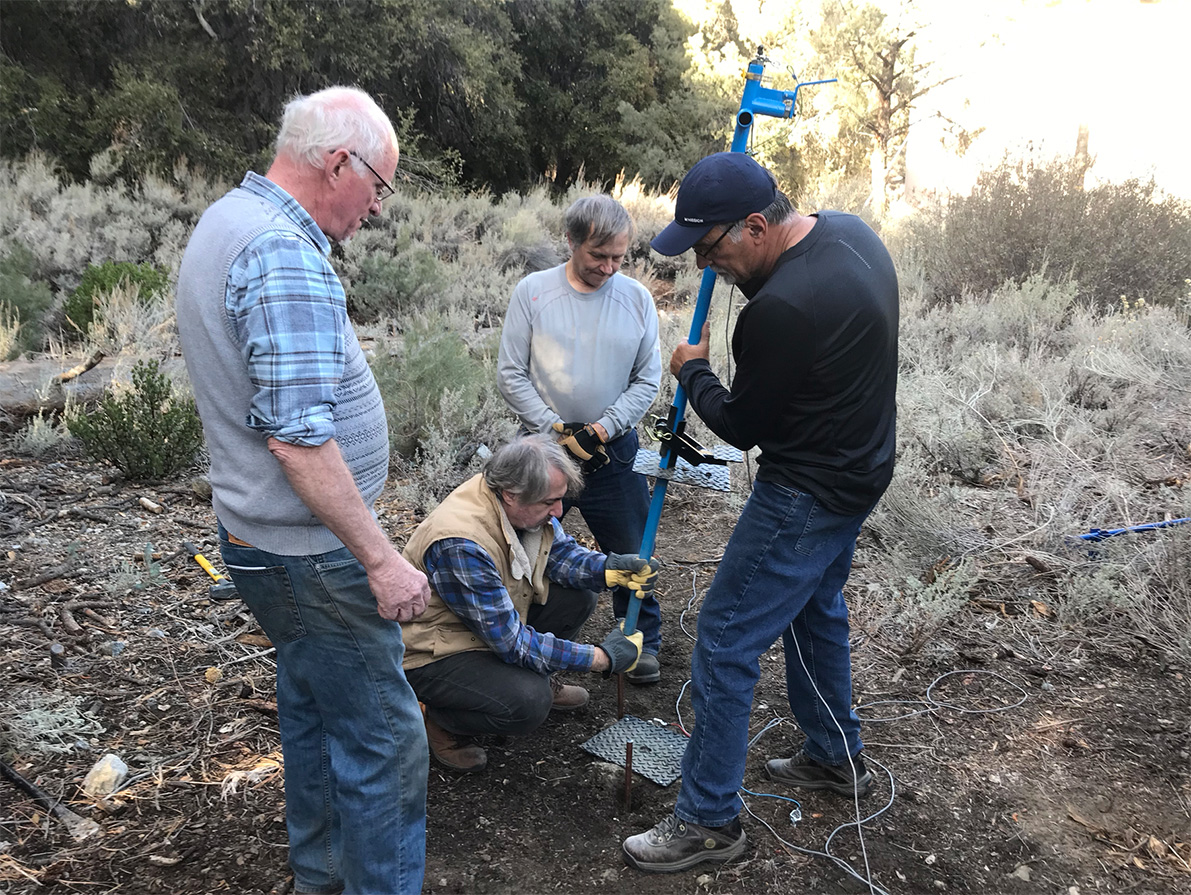
LAEO stands ready and able to drought-proof your region. We are here to serve humanity and all interdependent life systems on Earth including commerce and industry. We are proud to serve with and recognize many pioneers and innovators in water exploration who deserve special thanks for their work.
We can solve your water crisis
with DEEP SEATED WATER TECH
~THE MISSING PIECE IN STRATEGIC WATER MANAGEMENT~
For more information, call us at 818 330-9528,
or contact us by email: info@TheEarthOrganization.org
© 2021 Lawrence Anthony Earth Organization (LAEO)
All Rights Reserved